Colonel Tasked With Testing Future Of Air Dominance Talks Candidly About Progress And Challenges
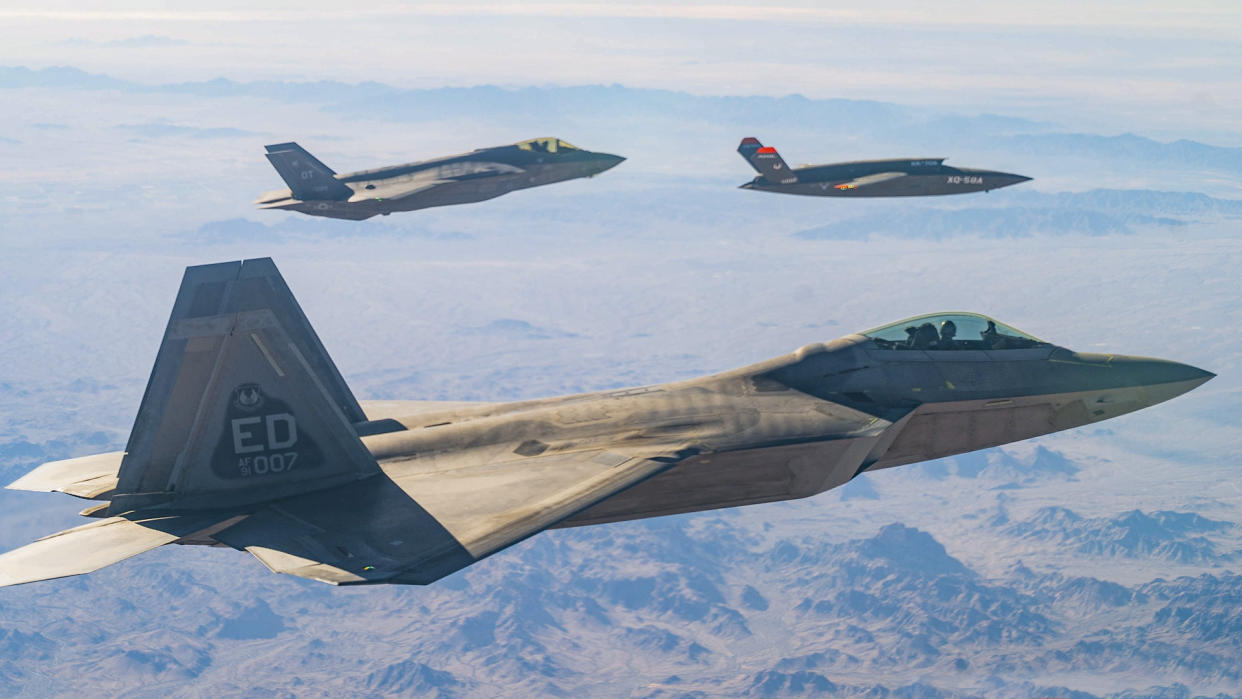
Col. Daniel “Lager” Lehoski, a highly experienced F-22 Raptor pilot, now commands a wide-reaching unit that stands at the leading edge of future air combat capabilities development. These include Collaborative Combat Aircraft (CCA) — pairing highly autonomous and advanced uncrewed combat aircraft to fight alongside crewed ones — and its overarching Next Generation Air Dominance (NGAD) initiative. The service is betting heavily on CCA and NGAD in a time of rapidly morphing technology and peer competition not seen since the Cold War. So getting new tactics and the complex technologies that underpin them not only right, but fielded as fast as possible, is a massively important undertaking at a truly critical crossroads in air combat and geopolitical history.

The War Zone traveled to the 53rd Wing headquarters at Eglin AFB in Florida — the USAF’s primary test and evaluation organization — to sit down with the officer in charge of it all. In doing so, we got his candid perspective on many emerging capabilities, and how the 53rd Wing is racing to make them actually usable for airmen that will bet their lives on them.
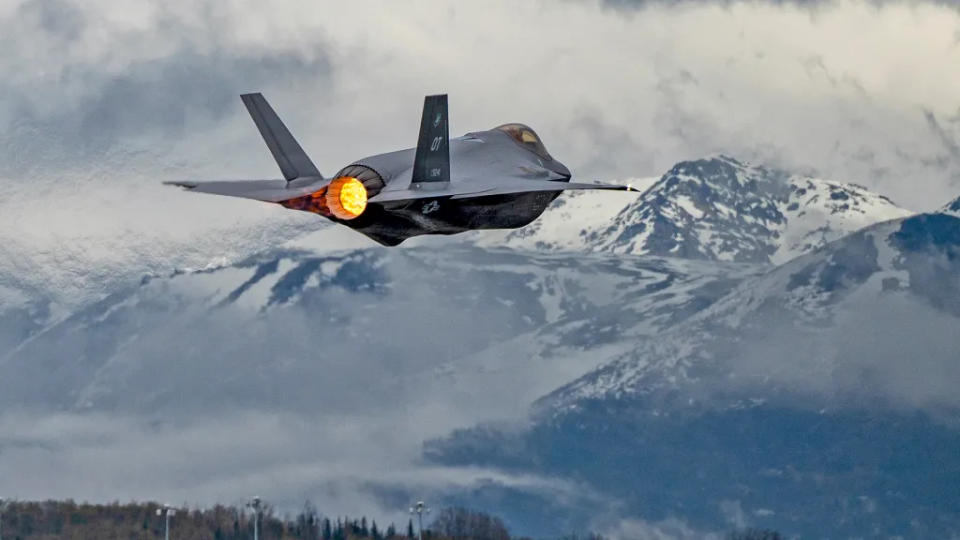
This is that exchange:
TWZ: Col. Lehoski, thanks for talking to us today. It’s very clear that the near-peer threat from China is having a major influence on the USAF right now. How is that directly impacting the work of the 53rd Wing?
Lehoski: If we start at the high level, obviously we are laser-focused on the peer fight. And that’s for a couple of reasons. For one, and I’ll use the Secretary of the Air Force’s quote, “we’re out of time” and that sense of urgency is driving a lot of things we do in the wing.
Before we could focus more on longer-range problems and informing acquisition and requirements. We are still doing that, but we have shifted a lot of our resources, time, and money into making sure that we are ready for the peer fight. If deterrence fails tonight, the 53rd Wing has its fingerprints on a lot of things both from a capability standpoint and a tactics, techniques, and procedures standpoint that we owe to the warfighter.
If deterrence fails, I know that the captain who’s going to be in an F-22 or F-35 in the middle of the night, in the middle of the Pacific Ocean, is fighting a fight that none of us have thought about since World War II. We owe that captain both tested capability and also tactics that we have vetted to get every ounce of combat capability out of the aircraft. For this year specifically, we’ve made a big push to make sure our tactics are up to speed.
Part of that is driven by the strategic environment for the Department of Defense and the Department of the Air Force, but honestly, a lot of it is just driven by the threat. If you look at what China has done over the past decade, they have made massive modernizations and improvements in their air capability, specifically air and space, as well as their navy for that matter.
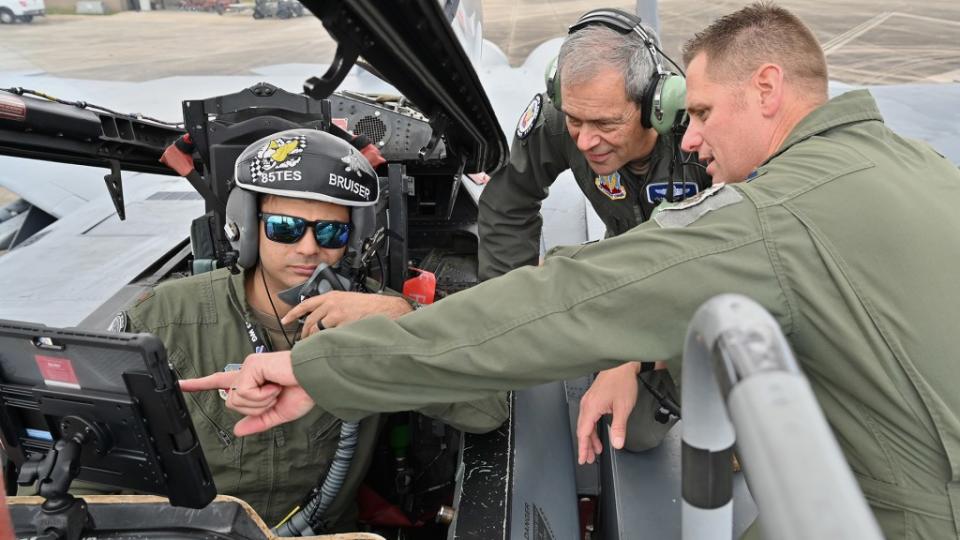
We were doing some modernization in the Air Force, but we were also fighting in Iraq and Afghanistan. As those conflicts subsided we have shifted to be laser-focused on the pacing competitor. When the new National Defense Strategy was published in 2018, it was laser-focused on China. The Department of Defense was crystal clear that China was the pacing competitor, and that’s percolated down. From a 53rd Wing perspective, with us having one foot in the acquisition world and the other foot in the current capability and tactics world, that drives that focus when we get into some bits of what’s going on with CCA [Collaborative Combat Aircraft], for example.
You can look at the last five years of what China has done and it’s very impressive. That challenges a lot of the assumptions that we had with our tactics, so making sure that we are grounding our tactics in the actual capabilities of the competitor is really important. We spend a lot of time on the intel perspective, making sure that we know what the adversary is going to do, and then translating that into tactics for the warfighter.
TWZ: Collaborative Combat Aircraft [CCA] is a huge subject and development area for the USAF. How is the 53rd Wing getting involved at this point?
Lehoski: So for CCA, we’re integrated with the 96th Test Wing and the Project Venom effort to get after the artificial intelligence piece of that for the actual software development. We also have our CCA Experimental Operational Unit [EOU] at Nellis Air Force Base as part of the 422nd Test and Evaluation Squadron and they are already working on the tactics, the doctrine, the manning structure, what the squadron should look like.
If it’s unmanned CCAs, do I need a human for each one of those? Probably not. I probably still need a commander and a DO [Director of Operations] and some people to run the thing, but what does that actually look like? It’s going to be radically different. Should it be part of an EX squadron? Should it be its own squadron? These are all things that we are experimenting with at the EOU to define what the squadron should look like, what the support requirements are going to be, and what the tactics are going to be.
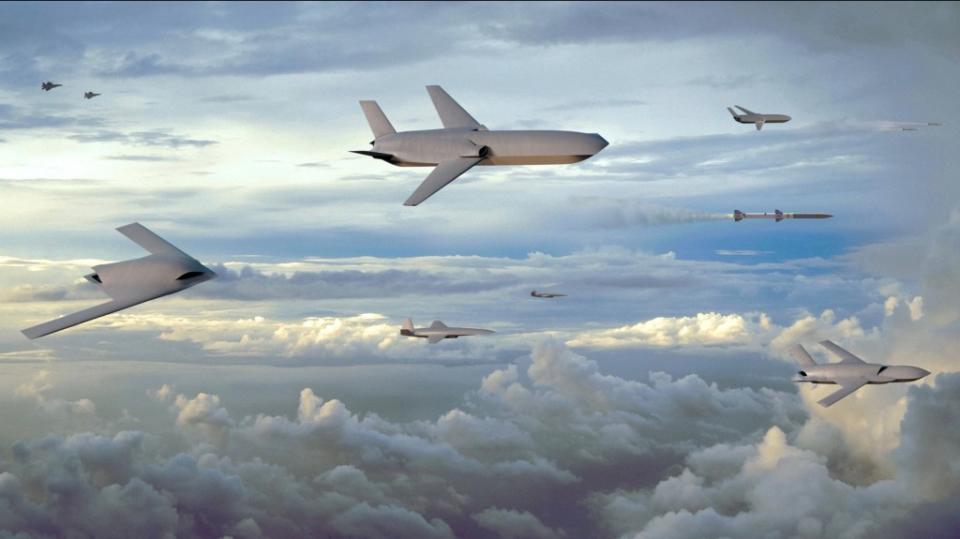
We’re flying today in a synthetic environment, CCAs with F-22s, and F-35s, and F-15EXs, to see what this should look like. Should they be out front? Should they be 30 miles out front, 300 miles out in front? All these things that we just don’t know, but we’re on the leading edge of that in the 53rd Wing to develop the doctrine, the tactics and the requirements for what the squadron will need to look like here very shortly in the Air Force.
TWZ: In terms of upgrades, getting capabilities out to the squadrons faster, how important is that?
Lehoski: Absolutely critical. If you rewind 20 years, we could afford to have this very long locked-in capability development process. That was a good thing because it ensured we had very high-end capability and we could do that because the threat was only changing every 15-20 years.
Now that threat is changing every 6-12 months, so being locked in is really a losing strategy on a lot of these things, especially as so many threats have gone software-based. The capability changes in the threat used to be hardware-based, something we could watch. If a new major Flanker variant came out, we could study it and develop tactics for it.
Now software is changing minute-by-minute, day by day, and that’s driving what radars are doing and what other threat systems are doing. Being able to keep pace with that is really, really important. Here at Eglin [Air Force Base] we have the Spectrum Warfare Wing and their job is to make sure that we’re staying ahead in the spectrum fight. We work in lockstep with them to make sure the hardware and software in the F-35, for example, is up to speed with where the spectrum fight is, to make sure the software in that jet is tailored to the threat where it is today, right down to what the software is doing.
I will say that getting away from being locked into things for decades is really important. If you look at both the F-15EX and the upgrades we’re doing the F-22 and F-35, there’s a big push to get to open system architecture to make sure that we can take something like an iPad and simply plug it into or around the operational flight program and not have to go through a 2-3 year process to get that upgraded in the jet.
One of the big capabilities that the F-15EX brings to the fight is the ability to rapidly put new weapons on it, because of its external carriage capacity and its ability to carry a lot of weight. We have the independent ability to upgrade the jet’s Operational Flight Program as well as actually working around the OFP to add some capabilities.
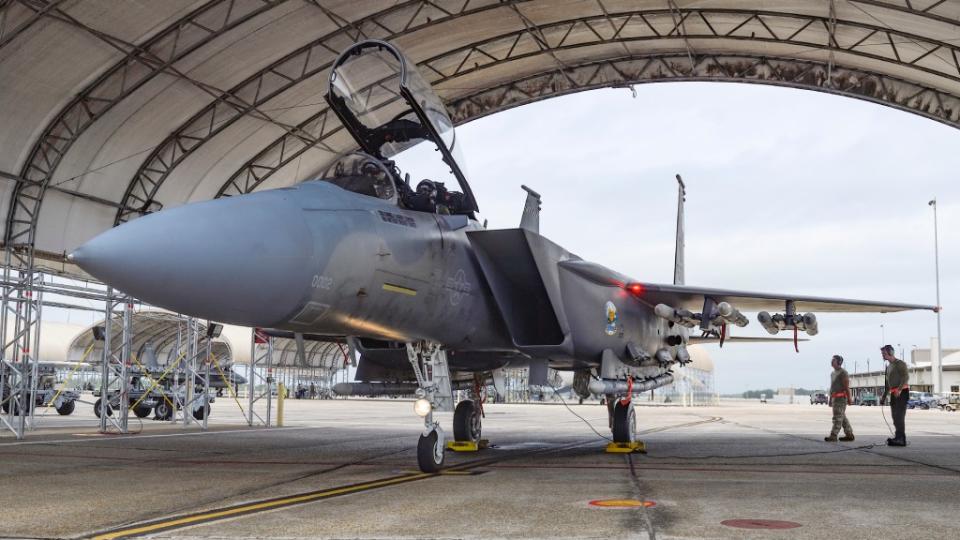
TWZ: Have you seen an increase in synthetics – iterative testing in advanced simulators – in the Operational Test and Evaluation world? The main reason I ask is that I can’t imagine you’re going to see squadrons regularly flying around with CCAs. I’d imagine most of that training is going to be synthetic.
Lehoski: One hundred percent. The most realistic and relevant either test or training we do is in the simulator now. If I really want to see what we’re going to do if deterrence fails in the East China Sea or the South China Sea or wherever, we have got to do that in the simulator. There’s just things we can’t do live fly that we have to in the simulator.
As an F-22 pilot, we’ve been leveraging the simulator since day one. With Increment 3.1, which was a major upgrade to the F-22 several years ago, we did all the operational tests and evaluations for that in the simulator. We are in transition to the Joint Synthetic Environment, or JSE. The JSE was originally designed for F-35 Initial Operational Test and Evaluation, but now it’s being used from the training side. The Air Force Weapons School and Navy TOPGUN all go to JSE at NAS Patuxent River. From a test perspective, we’re doing most of our high-end F-35 tests in the JSE.
In a few years at Nellis, they will have a JSE located there in what we’re calling the Joint Integrated Test and Training Center, formerly known as the VTTC [Virtual Test and Training Center]. So if you fast forward a couple of years from now, you’re going to have all the high-end Air Force and Navy assets resident in that facility. When that happens, things like Red Flag and Black Flag will leverage the synthetic environment.
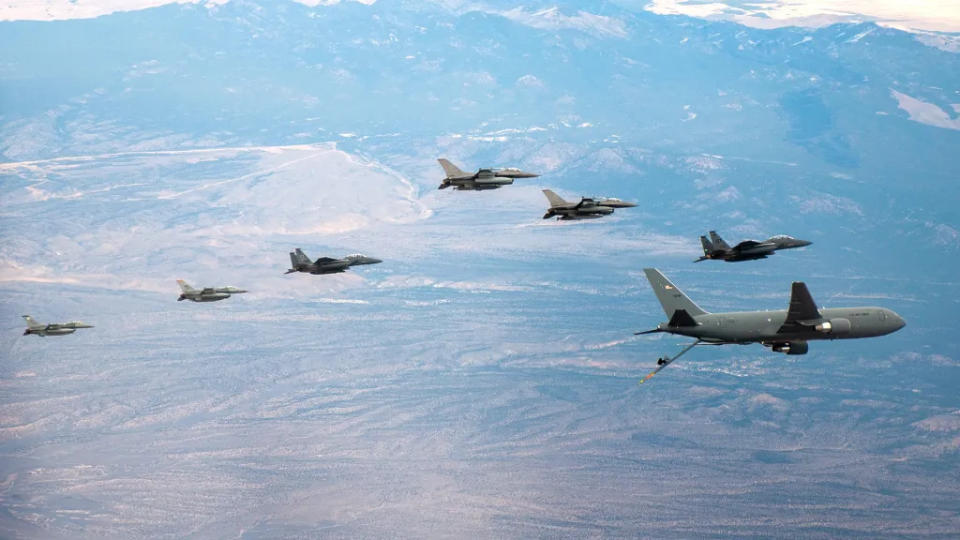
TWZ: So how would you run a virtual Black Flag exercise right now?
Lehoski: Right now we’re using the virtual warfare center in St. Louis [Missouri] to execute a Virtual Black Flag. We will do that in July. Our concept is that we did a Black Flag live fly in April [2024] that was integrated with the U.S. Navy. I would equate that to really high fidelity, but low numbers of reps. We had five Large Force Test Events integrated with the Navy. We had surface ships replicating Renhi-class destroyers from China. We had all the air components integrated with the space domain. So, we did the live fly, really high fidelity, really exquisite, super relevant. The downside of that is that it’s really expensive. It takes a ton of effort to put that together. And we only get five swings at the bat to develop these new TTPs that we’re working on.
We’ll take that information and plug that into the models that we have in the simulator. Use the actual detection ranges and actually what we’re seeing to update the models in the virtual warfare center, and in July we will do 30 iterations of that. It gives us a capacity that we just don’t have live flying. There’s also things we can do in the simulator that we just can’t do in live -ly from an operational security standpoint. There’s capabilities and assets we just don’t want to show the adversary. There’s “plays” that we just want to keep hidden before the Super Bowl. We don’t want our competitors to see everything. That’s why you need the simulators. I want them to find out on night one, the incredible capability we’re going to bring to bear on them if deterrence fails.
Also, getting all the resources scheduled is really, really tricky when you’re trying to put together the whole first team offense, and the replication. The threat is moving so quickly. I would love to have a fleet of J-20s to go and test against, but we just don’t have that. Some of those things we have to push into the simulator due to OPSEC, threat replication, and physical size.
I probably have a thousand hours of flying on the Nevada Test and Training Range [NTTR], but it’s tiny compared to what we’re doing with our future missiles and adversarial missiles. We need airspace that is four times the size of the NTTR to do some of these things. Off the coast of California gives us that option as we have airspace that we can work in. There’s still plenty of good stuff we do in the Nellis ranges, but when we get the whole kill chain together, we’ve got to go out over the water.
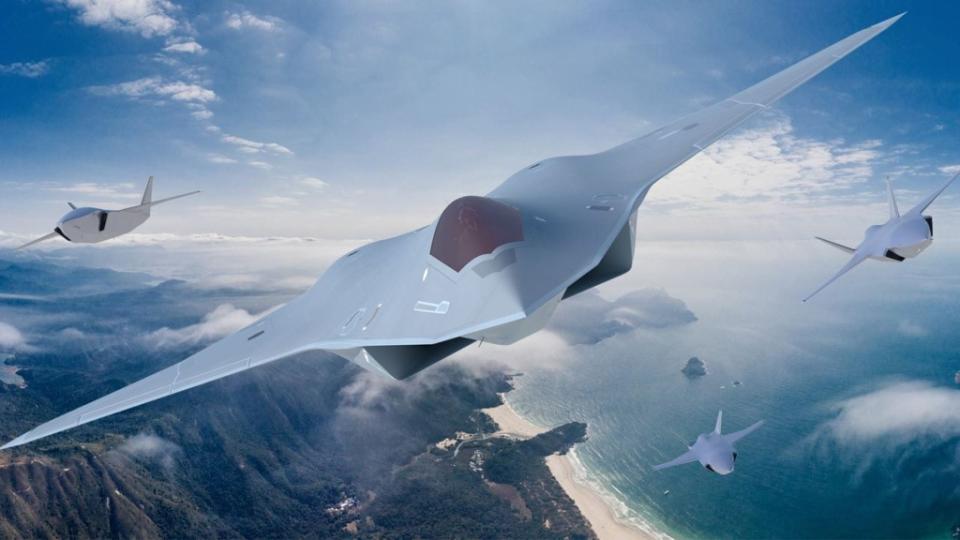
TWZ: While the synthetic environment is clearly very important, and massively relevant to things like CCAs, there’s clearly times you will need to live fly in tests or training, including with a CCA.
Lehoski: One hundred percent. There’s some practical things like how does this thing operate in the national airspace system? That’s a very important administrative piece of this. Things like do the communications relays work, does this thing fly like it’s supposed to fly? Once we figure out how the CCAs fly, what their actual performance is, validate and test the communication links between CCA and the host platform. Once we have that data, then we go and build the models so we can iterate really quickly in the simulator.
I mean, a live flight, that’s a whole day. Whereas I can go in the simulator and get the whole first team together. We’ll do a 30-minute run, everybody will come into the debrief room and see what worked and what didn’t work. Change a few things and go again.
I think we have it scheduled for eight events in a day at Virtual Black Flag. That’s equivalent to a week and a half of flying.
TWZ: Could you see the only time combat squadrons might live fly with CCAs is in something like a Combat Archer? That kind of exercise uses live missiles and drone targets, so it would seem to be a very suitable environment.
Lehoski: I absolutely could, especially early on, because there’s going to be a natural capacity issue. The first 100 CCAs, we’re probably going to want those primarily postured for combat operations in case deterrence fails, which means I can’t have them strung across several different bases in the U.S. So, I think from a very practical standpoint, that’s what we’re going to have to do and what we are going to want to do.
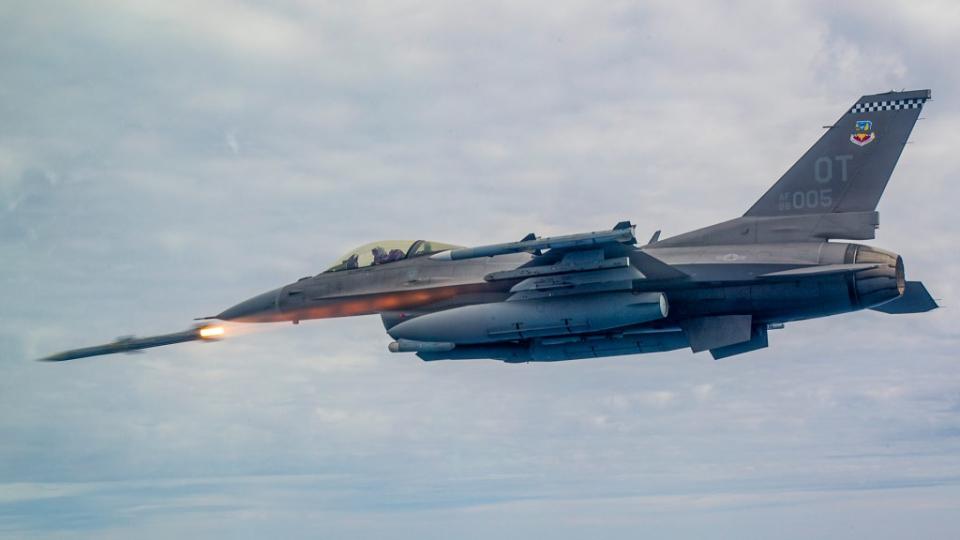
Is a CCA a munition or is it an airplane? The more we look at it as a munition that will probably drive us towards using it at very focused events like Combat Archer. Then also when it gets to the end of its service life, it’ll probably make a really good drone for us to shoot down at Combat Archer. And honestly, our CCA Experimental Operational Unit team, one of their first stops was Combat Archer. There’s a lot of lessons that have been learned on how to operate small unmanned drones and we’ve got 30 years of resident knowledge at Tyndall Air Force Base [which hosts Combat Archer] to help shape some of these initial thoughts on how this is going to look from a squadron perspective.
If we look at CCA through the lens of a F-22 fighter pilot that might constrain what we could actually do with it. Same as if we look at CCA through the lens of an MQ-9. It’s not an MQ-9 and we’re not going to have two pilots in a container flying each one of these things. So both those lenses are actually incorrect. There’s good portions of both those lenses, and we need to bring the best of both those to really look at CCAs in a different lens, and that’s what the EOU is doing.
TWZ: When we talk about CCAs, we also think about the central Next-Generation Air Dominance fighter platform. Is there anything you’re able to say about the 53rd Wing’s involvement with NGAD?
Lehoski: Not too much, but we are working on it in the wing. Right now we are integrating NGAD within the 422nd TES, that is our NGAD detachment. That will grow as the platform matures and it will eventually wind up as its own stand-alone squadron.
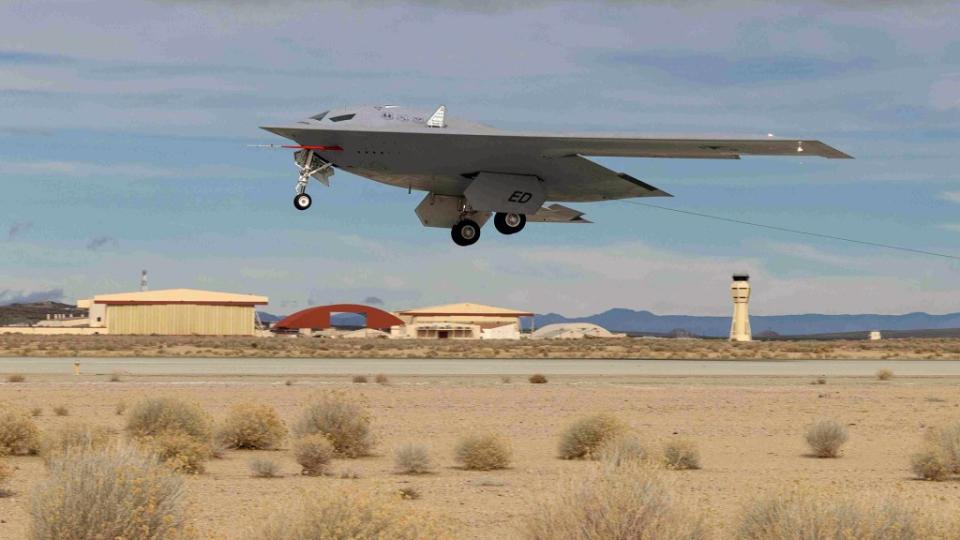
The plan for NGAD is the same as it is for the B-21 Raider — integrated test. That means we will have operational test, developmental test, and the Weapons School essentially co-located in the same building, sharing the same people, sitting in the same briefing rooms, and that’s really how you deliver combat capability quicker.
You have the flight sciences in that developmental test piece. You’ll have the operational test, the tactics, techniques, and procedures [known as TTPs], and evaluating the software and everything like that. Then you have the Weapons School in the same building.
The 31st Test and Evaluation Squadron at Edwards Air Force Base [California] is executing B-21 operational testing today, integrated with our developmental team partners. And it’s really awesome to see. We’re already developing the initial B-21 TTPs using the simulator. So when the first jets show up to their first operational unit, we will have a 53rd Wing published tactics manual ready for the captains and lieutenants to go execute. We could not do that without the leadership of the 31st TES and the 753rd Test and Evaluation Group, which is the bomber side of the 53rd Wing, and the simulator capability that we have, which was baked into the B-21 program from the start.
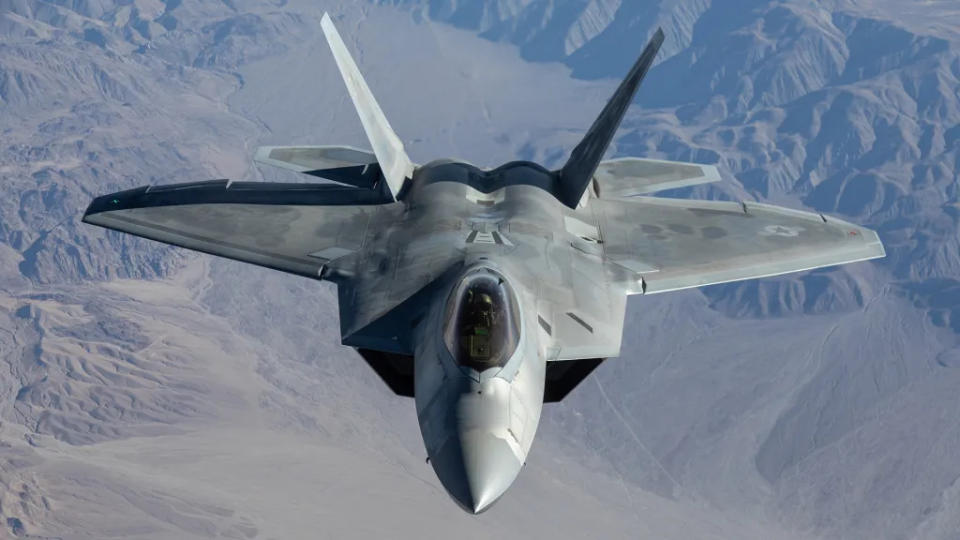
TWZ: Can we round this out by talking about the Raptor? It’s a jet you have been involved with for a long time, and there’s some significant upgrades coming for the jet.
Lehoski: Raptor modernization is going really well. I flew an R3-standard Raptor on the Black Flag in April. It’ll be great to get some of the additional planned sensors on the jet, and we’ll start testing those in the near future, everything is integrated, and there’s 422nd TES pilots already flying it.
We need NGAD, we need F-35, we need F-15EX, and we also need to modernize the F-22. If you look at the just sheer numbers [of aircraft] that our competitors could put up with some of these advanced aircraft, we’re going to be challenged air security-wise. So we need all of our fighters to make sure that we can gain and maintain control of the skies wherever we need to.
Author’s note: A big thanks to 53rd Wing Public Affairs for making this interview happen and to Colonel Lehoski for providing his insights into critical projects for the wing.
Editor’s note: The sponsor had no editorial involvement in this article.
Contact the author: jamie.hunter@teamrecurrent.io

